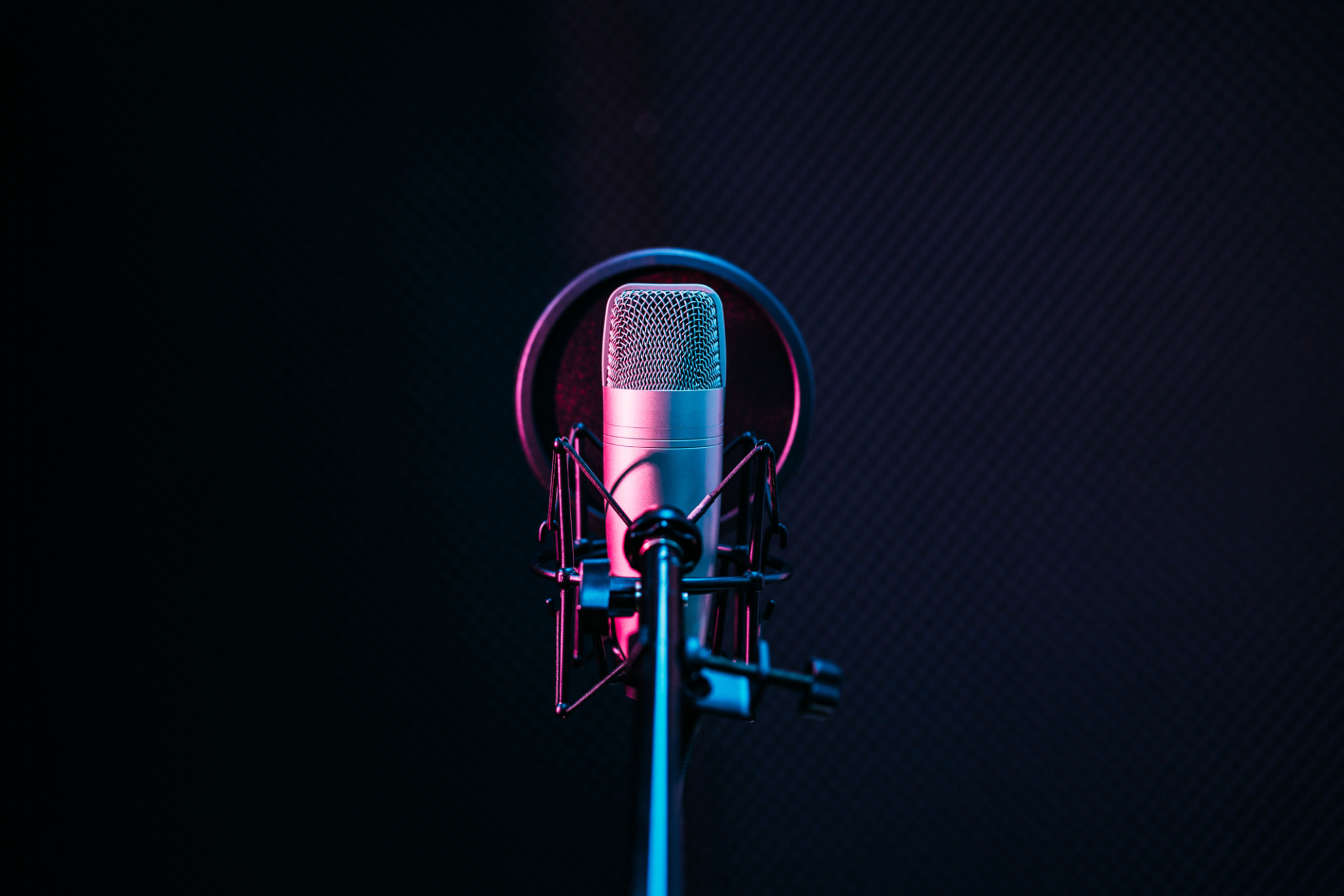DIY Sound Mastering: Tips from Orlando's Audio Experts
Understanding the Basics of Sound Mastering
Sound mastering is the final step in the audio production process, where tracks are polished and refined for optimal playback across all devices. While professional mastering services are available, many budding musicians and producers in Orlando are exploring the DIY route. With the right tools and techniques, you can achieve impressive results from the comfort of your own studio.
At its core, sound mastering involves balancing frequencies, adjusting volumes, and enhancing the overall sound quality. Using digital audio workstations (DAWs) with built-in mastering plugins can significantly streamline this process. These tools allow you to apply equalization, compression, and other effects to ensure your track sounds cohesive and professional.

Essential Tools for DIY Mastering
Investing in quality equipment is crucial for successful DIY sound mastering. At a minimum, you'll need a reliable pair of studio monitors or headphones to accurately hear your changes. Consider brands known for their flat frequency responses to ensure you're getting an accurate representation of your audio.
Next, familiarize yourself with your DAW’s mastering suite. Many popular DAWs, such as Ableton Live, Logic Pro X, and Pro Tools, offer comprehensive tools for mastering. Take the time to explore these features and understand how each tool affects your sound. Plugins like limiters, EQs, and compressors are invaluable for shaping your final mix.

Balancing Frequencies
One of the primary goals of mastering is achieving a balanced frequency spectrum. This means ensuring that no single frequency range dominates your track. Start by analyzing your mix with a spectrum analyzer tool to identify areas that may need adjustments. Use EQ to attenuate any frequencies that are too overpowering and boost those that need more presence.
Pay particular attention to the low-end frequencies, as they can often become muddy or overpowering. A clean and tight bass response is essential for a professional-sounding track. Utilize high-pass filters to eliminate unnecessary low-end rumble that could detract from the clarity of your mix.

Utilizing Compression for Cohesion
Compression is another key element in mastering, helping to control dynamic range and bring cohesion to your track. Start with gentle compression settings to avoid squashing the natural dynamics of your music. Aim for a consistent level that maintains interest without being too aggressive.
Parallel compression can also be a useful technique, allowing you to blend compressed and uncompressed signals for a more impactful sound. This approach retains the natural feel of your music while adding punch and presence.
Finalizing Your Master
The final step in mastering is ensuring your track is ready for distribution. Check your mix on various playback systems to ensure it translates well across different devices. Use reference tracks from similar genres to compare your master and make any necessary adjustments.
Consider using a metering tool to ensure your track meets industry loudness standards. This step is crucial for ensuring your music competes with commercially released tracks without sacrificing quality.

DIY sound mastering can be a rewarding process that enhances your skills as an audio producer. By understanding the basics and investing time in learning your tools, you can achieve professional results from your home studio in Orlando. Remember, practice makes perfect, so continue experimenting with different techniques until you find what works best for your music.